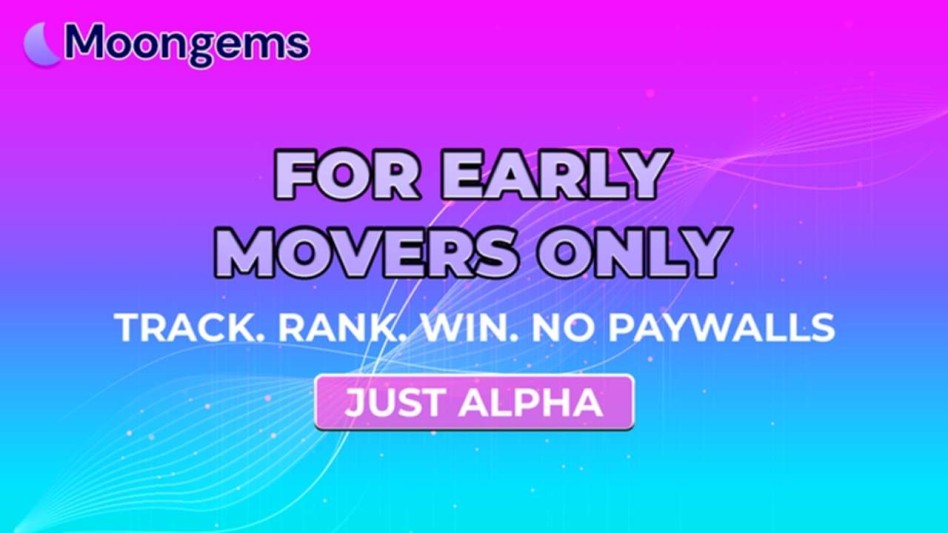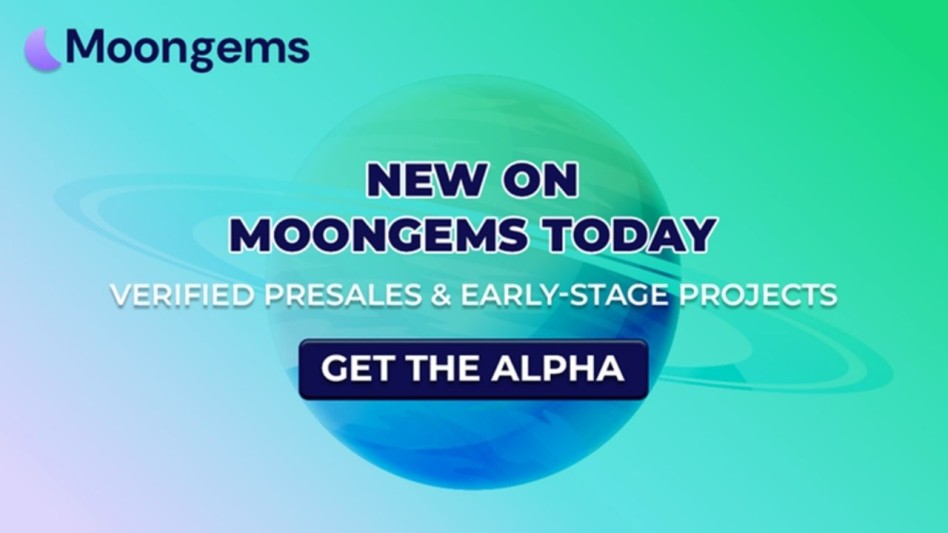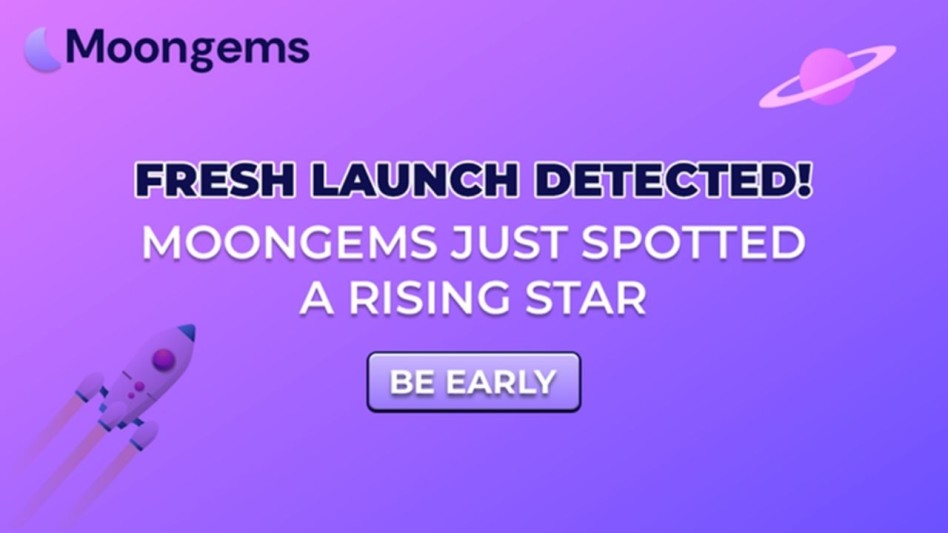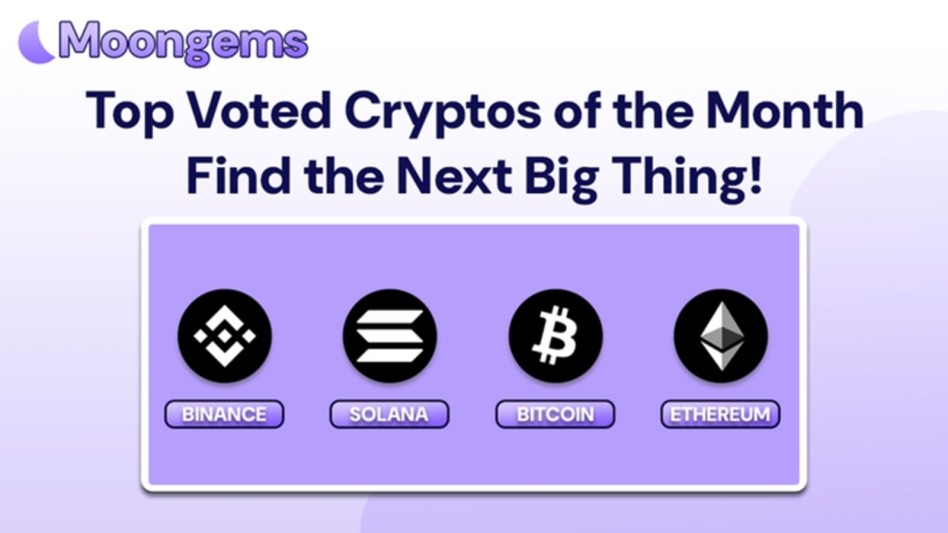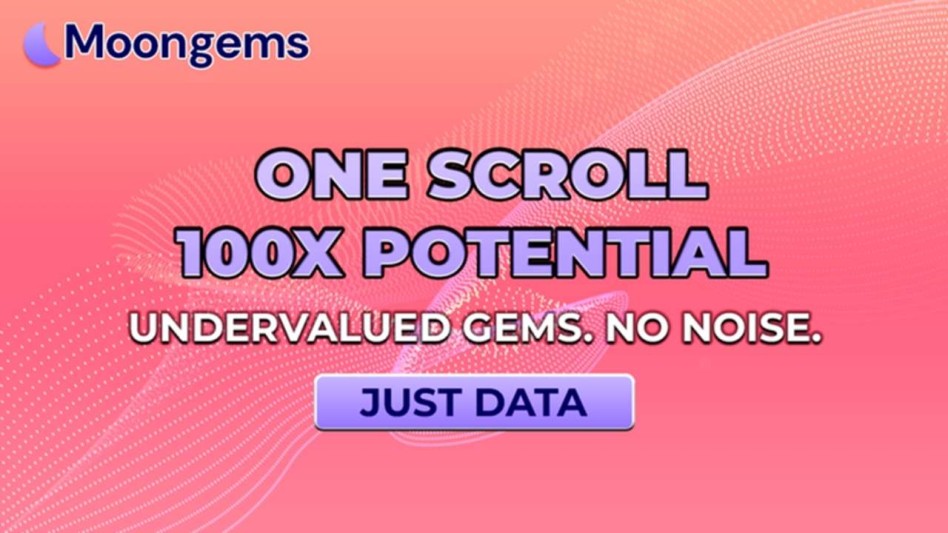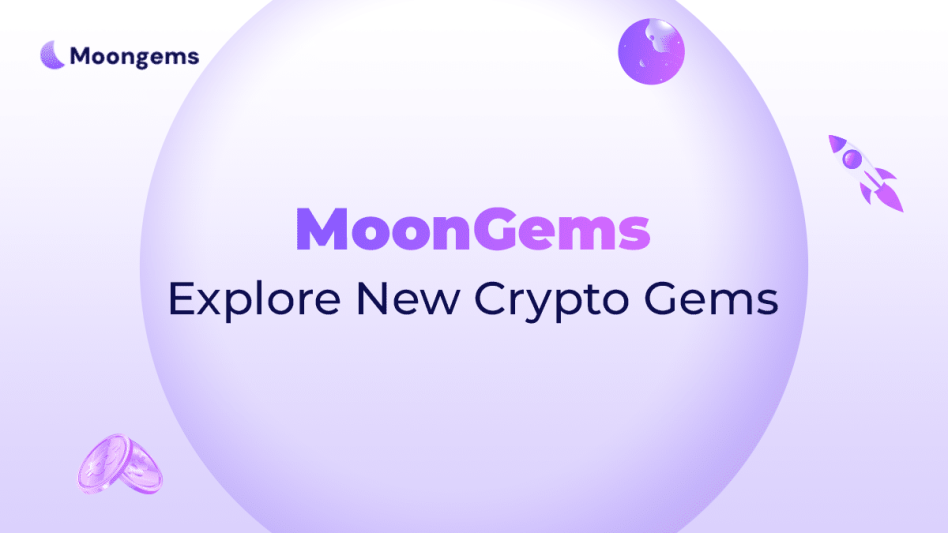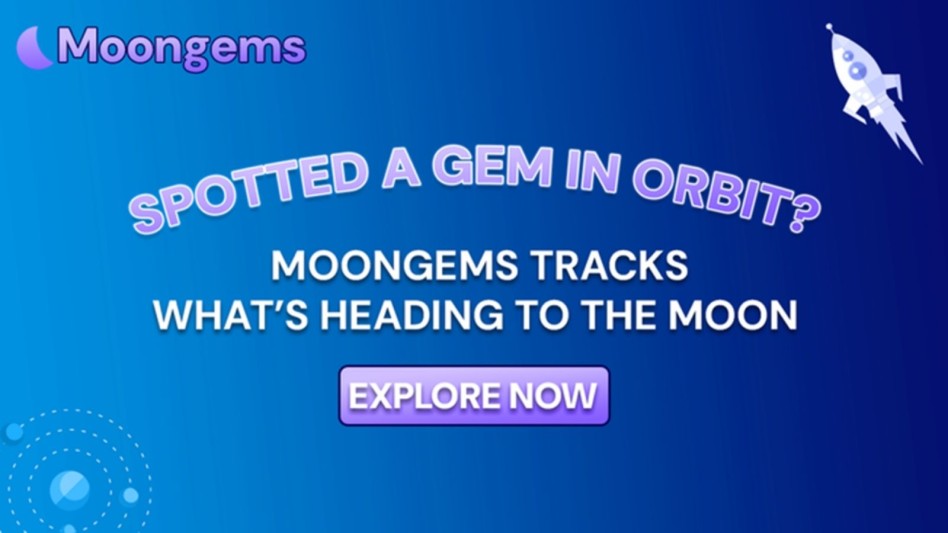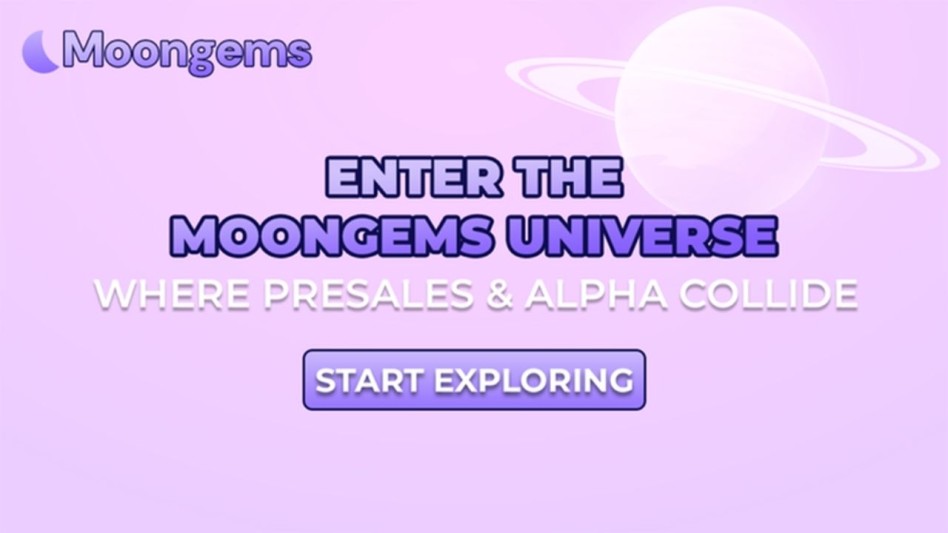Author: Jawad Hussain – Crypto Analyst & Web3 Researcher | 9+ years tracking presales, IDOs, and token launches. Follow him on Twitter and LinkedIn.
Every presale sounds the same these days: “Low supply!” “Token burns incoming!” “Inflation-proof!” But behind the buzzwords, most retail investors don’t truly understand how tokenomics work—or how they affect price action after launch.
In 2025, understanding tokenomics is non-negotiable. It’s the difference between holding a token that climbs on scarcity… and one that bleeds from inflation.
In this MoonGems breakdown, we decode the three core tokenomics levers every presale investor must grasp: supply mechanics, burn strategies, and inflation control. Whether you're new to the space or refining your due diligence game, this article will sharpen your ability to spot traps and treasure.
1. Total Supply vs. Circulating Supply: Why It Matters More Than Price
Let’s bust the first myth: Token price means nothing without context.
A $0.01 token with a 10 billion total supply is not cheap—it has a $100 million Fully Diluted Valuation (FDV). Meanwhile, a $1 token with a 1 million total supply might only have a $1M FDV.
Here’s what you need to track:
- Total Supply: The hard cap of tokens that can ever exist
- Circulating Supply: The number of tokens currently unlocked and tradable
- FDV (Fully Diluted Valuation): Market cap if all tokens were released
- Market Cap: Actual valuation based on circulating supply only
MoonGems Tip: Always compare FDV to current and future utility. If the FDV is sky-high but no product yet, that’s a red flag. Low float/high FDV tokens often pump on hype, then dump hard once unlocks begin.
2. Token Burns: Scarcity Tool or Marketing Gimmick?
Token burns refer to permanently removing tokens from circulation, often by sending them to a dead wallet. Done right, burns decrease supply, creating price pressure (assuming demand holds).
But in 2025, every project throws around “burn” like a miracle cure.
Here are the types of burns to know:
- Manual Burns: The Team decides to burn tokens at milestones
- Automated Burns: Built into transaction fees (e.g., 1% per transfer)
- Buyback-and-Burns: The Project uses profits or fees to repurchase tokens and burn them
When burns are legit:
- Tied to real utility or platform revenue (e.g., trading volume, product usage)
- On-chain, verifiable, and frequent
- Not just front-loaded for launch hype
When burns are BS:
- Done once for optics
- Hidden in vague roadmap language
- Used to distract from the hyperinflated supply
MoonGems Insight: Burns don’t matter if the token constantly mints more supply elsewhere. Always check net inflation vs. burn rate.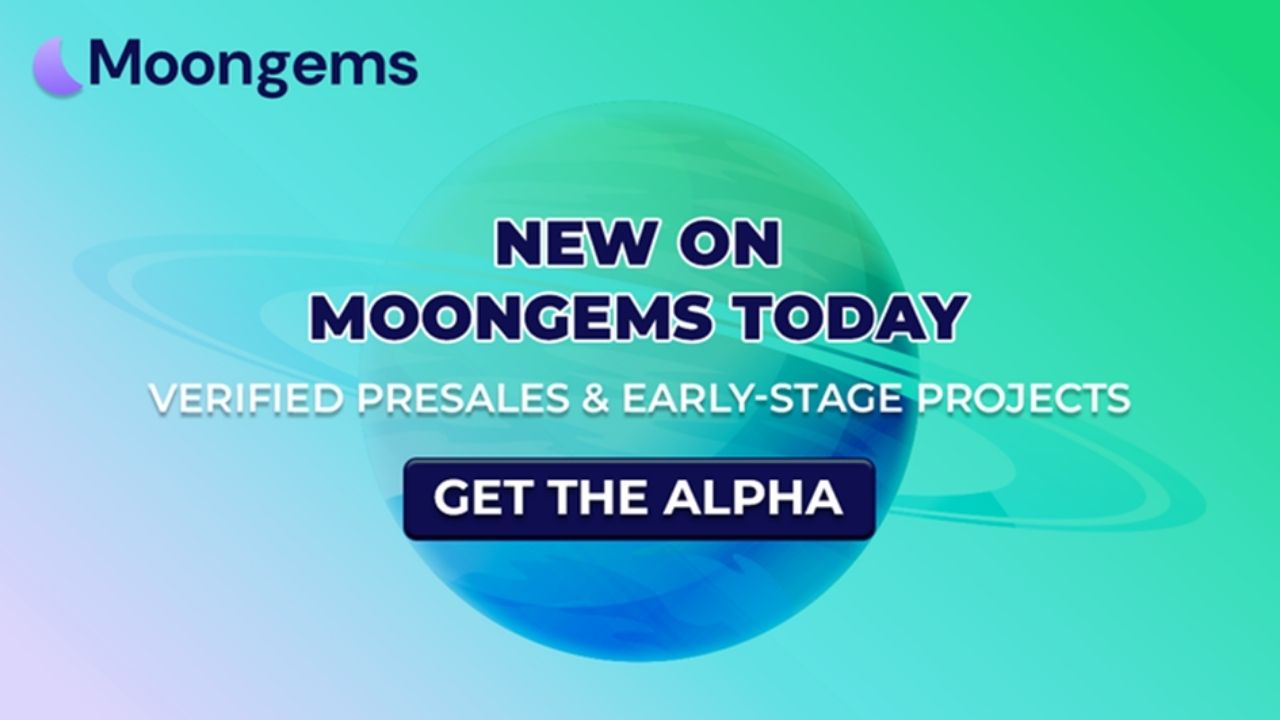
3. Inflation: The Silent ROI Killer
Inflation in crypto isn’t just about printing more tokens. It’s about how fast new supply enters the market, and who it goes to.
Here’s how inflation usually sneaks in:
- Team and VC unlocks: Huge tranches dumped monthly
- Staking rewards: Overly generous APY printing tokens faster than demand grows
- Play-to-earn models: Incentivizing users with token rewards that create sell pressure
Good inflation = Controlled, gradual, matched with real growth
Bad inflation = Daily token dumping, high APYs, no value backing the emissions
Red flags to watch:
- APYs over 200% with no real revenue source
- Token unlock charts showing sharp cliffs instead of gradual lines
- Airdrops or farming incentives that increase the circulating supply dramatically
MoonGems Rule: If a token is inflating faster than its growing user base, your ROI is guaranteed to shrink—even in a bull market.
4. Distribution Models: Who Really Gets the Tokens?
Tokenomics isn’t just about how much supply exists—it’s about who controls it.
Always review a project’s token allocation pie chart before investing. Look for:
- Team Allocation (ideally ≤15%)
- VC/Private Round (ideally ≤20%)
- Public/Presale (at least 30–40%)
- Ecosystem & Staking (well-defined, not bloated)
- Treasury (transparent, often multisig controlled)
And of course, ask:
- Are these allocations vested over time?
- Is the public sale price close to private round pricing, or are you buying at a 3x markup?
- Will the team be locked while you're locked?
MoonGems Pro Tip: The real tokenomics test isn’t just fairness—it’s timing. Compare your unlock dates vs. insiders. If they sell before you can, you’re just their exit liquidity.
5. Tokenomics in Action: Questions Every Investor Must Ask
Before you buy into a presale, run every project through this checklist:
✅ What’s the total and circulating supply at launch?
✅ What’s the FDV, and how does it compare to projects with similar traction?
✅ Is there a burn mechanism, and is it tied to actual revenue or utility?
✅ What is the monthly inflation rate? Does it match the growth in users or TVL?
✅ How are tokens allocated between the team, VCs, presale, and the ecosystem?
✅ When do unlock events happen, and how big are they?
If you can’t answer these questions—or the team avoids them—you shouldn’t invest. Hype can pump prices short-term. But broken tokenomics will drain it back to zero every time.
Conclusion: Tokenomics Is the Real Utility
In a presale, the flashy art and roadmap pitch might catch your attention, but the tokenomics decide your fate. Supply, burn, and inflation are the invisible hands behind every chart, every pump, and every rug.
The best projects? They bake utility into their token structure. They don’t rely on hype—they reward users, preserve scarcity, and align incentives over time.
“Price is what you pay. Tokenomics is what you bought.”
Before you join another presale, learn to read the small print—the economic DNA of every token. Because in crypto, the math always wins.
Frequently Asked Questions (FAQs)
- What’s the difference between total supply and circulating supply?
Total supply refers to the maximum number of tokens that can exist, while circulating supply refers to how many tokens are currently unlocked and tradable. A low circulating supply with a massive total supply can mislead investors into thinking a token is scarce—when in reality, it may be heavily inflated in the near future. - Are token burns always good for price?
Not always. Burns only help if there’s real demand for the token. If tokens are being burned but new ones are constantly minted (e.g., through staking or inflation), the net supply may still rise. Burns must be paired with deflationary models or real utility to be meaningful. - How can I spot an inflationary token model?
Check how tokens are distributed post-launch. Red flags include excessive staking rewards, massive team unlocks, high-yield farming, and airdrops. Compare the monthly emission rate to the project’s actual user growth. If inflation exceeds demand, the price is likely to drop. - What’s the ideal team allocation in a presale?
A fair range is 10–15%, with a minimum 12-month lockup and gradual vesting. Teams with high token allocations and short cliffs are risky—they can dump on retail investors once vesting begins. - Should I trust a project if tokenomics details are missing?
Absolutely not. Lack of transparency is a major red flag. Every legitimate project should publish a clear tokenomics chart, unlock schedule, and allocation breakdown before presale. If that information is delayed or vague, it’s a sign the project is not investor-first.
Glossary of Key Terms
Total Supply:
The maximum number of tokens that can ever exist under the project’s smart contract.
Circulating Supply:
The number of tokens currently unlocked and available for trading on the open market.
FDV (Fully Diluted Valuation):
The market cap of a token assuming 100% of supply is in circulation. Used to assess future price potential and inflation risk.
Token Burn:
A mechanism that removes tokens from circulation, usually by sending them to an irretrievable address (“dead wallet”).
Inflation (Token Emissions):
The rate at which new tokens enter circulation, often through staking, farming, or unlocks. High inflation reduces scarcity and can push price down.
Buyback and Burn:
A deflationary model where the project repurchases its tokens from the market using revenue, and then burns them to reduce supply.
Vesting Schedule:
The timeline over which locked tokens become available to team members, VCs, or presale investors.
Disclaimer
This content is for educational purposes only and does not constitute investment advice. Cryptocurrency staking and presale participation carry inherent risks, including total capital loss. Always conduct your own research (DYOR) and consult a licensed advisor before making financial decisions.



